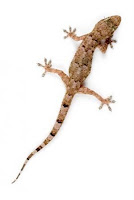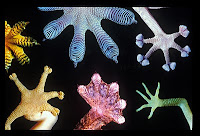Baseballs Travel Further in Denver
 |
 |
| Source - USAtoday.com |
This same effect is seen, but somewhat less obviously when the amount of water vapor increases in the air. Baseballs travel further in moist air where increase in the amount of water vapor reduces the number of molecules subjecting the baseball to resistance.
Indy 500 cars are designed with weather in mind
 |
| Source - farcaronline.blogspot.com |
Simply speaking, the Indy 500 cars are designed to accept the drag to better hug the track i.e. make the drag push the car onto the track.
While driving skills are of paramount importance, it is these design modifications that allow a race car to take a turn at 115 mph (without sliding off the track) instead of a slow 70 mph to win the Indianapolis 500.
The driver and pit crew cannot, of course, change the amount of water vapor in the air (humidity) or adjust the atmospheric pressure over the race track.
All they know is the air temperature and how it is forecast to change while the race is being run. The design allows them to make adjustments to their car that will allow the driver to race with the optimum drag and, hopefully, win the race.
NASCAR reduces drag with Nitrogen
 |
| Source - Nascar.com |
Nascar's solution to reduce air resistance, because they cannot make body design changes, is to use Nitrogen instead of air to inflate the tires of their cars.
Nitrogen eliminates the small amount of water vapor that exists inside a tire filled with air. As the tire heats up, the water vapor increases the internal pressure in a tire and introduces instabilities that have greater impacts at higher speeds, reduces gas mileage, increases tire wear and reduces tire life. Nitrogen does not display any such negative characteristics.
NASCAR's solution is so appealing that many of us city drivers are starting to fill the tires of our cars with Nitrogen.












